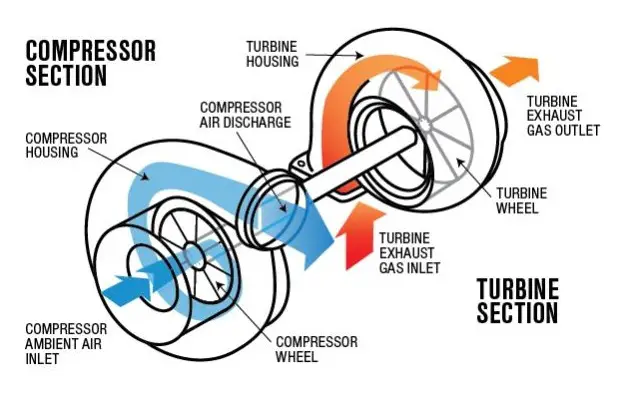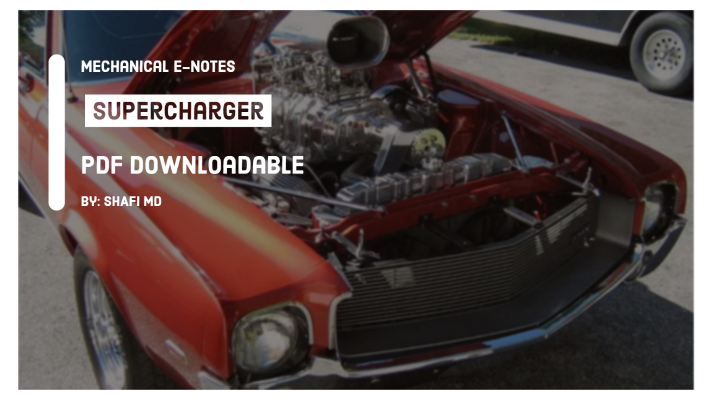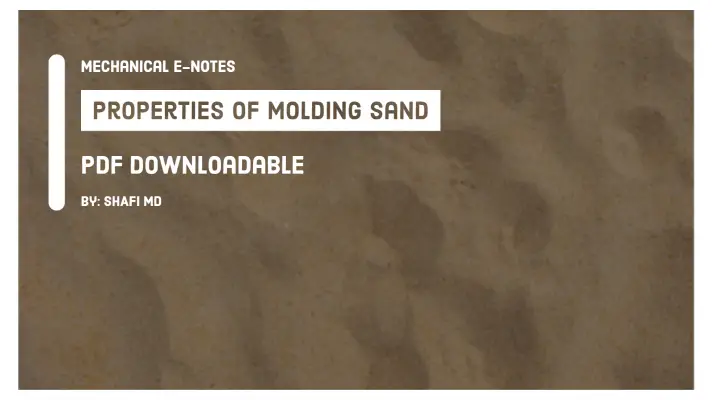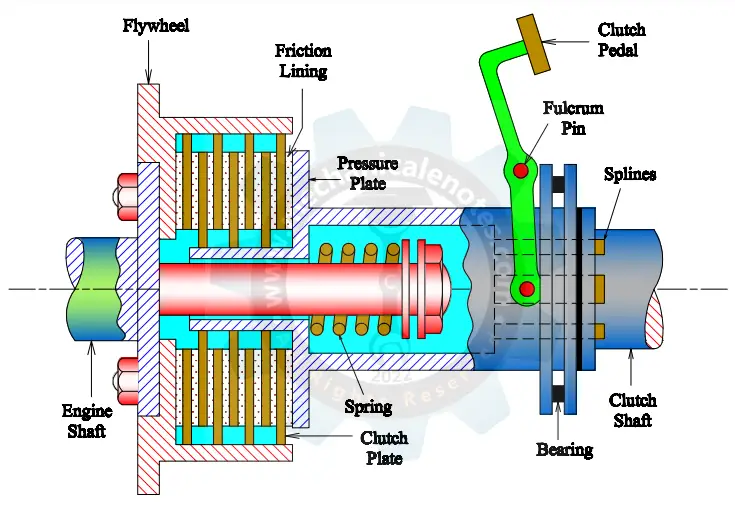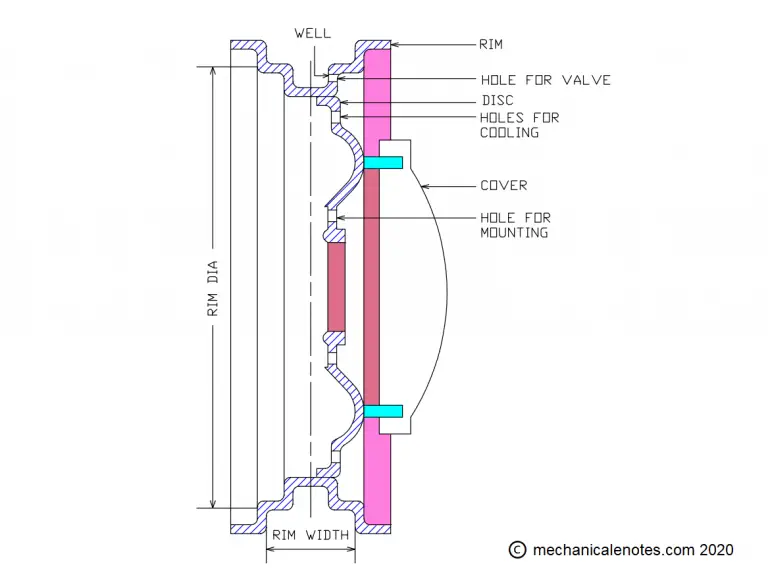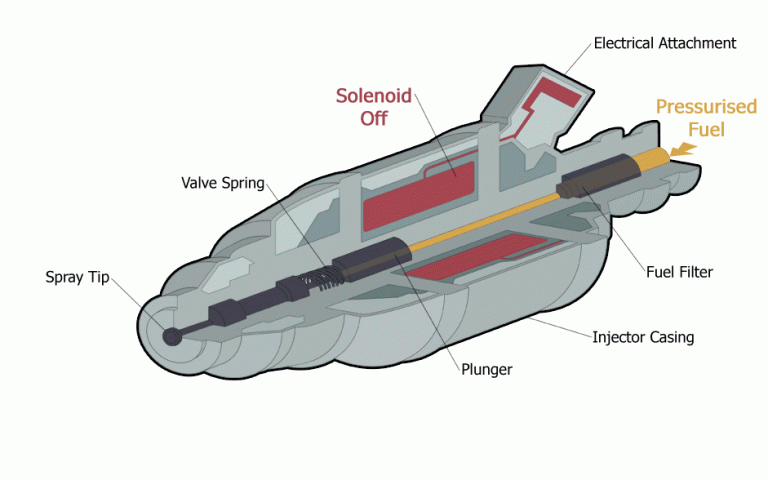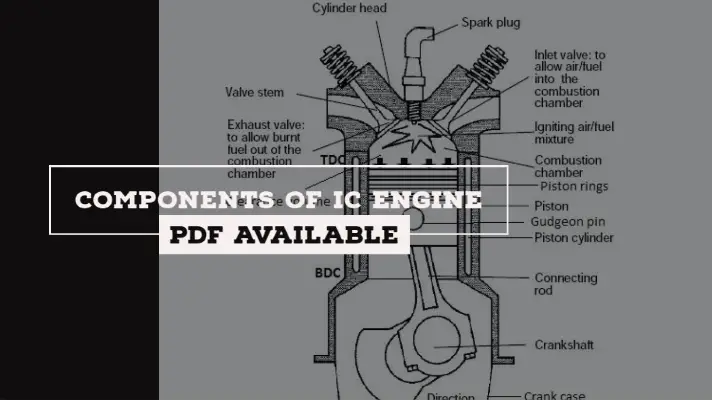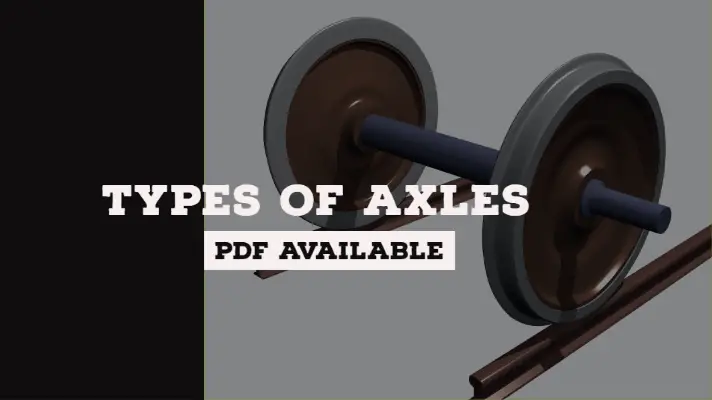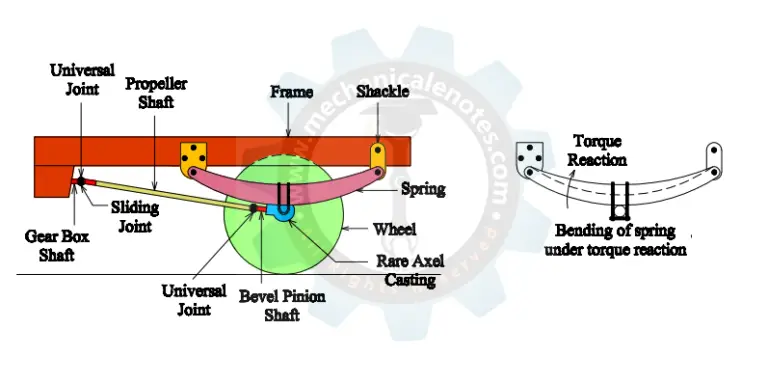Difference Between Turbocharger and Supercharger [PDF]
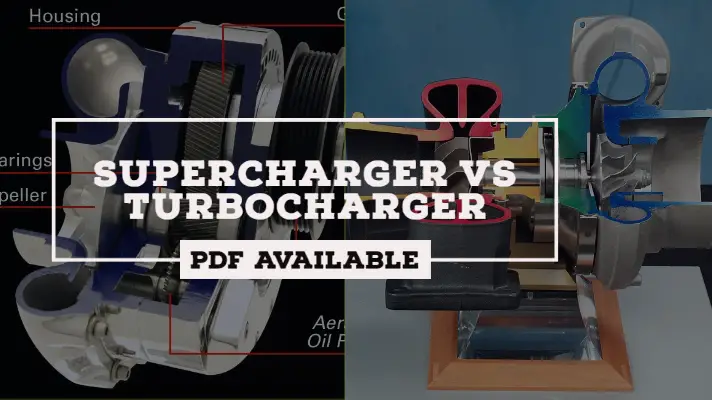
The Difference Between Turbocharger and Supercharger will be studied in detail today. In the previous article, A brief information on Superchargers and Turbochargers was explained. You can have a look at it.
Before going to the differences, let's study the definitions of supercharger and Turbocharger.
What is a Supercharger?
A supercharger is an air compressor used for forced induction of air into an internal combustion engine whereas a Turbocharger works on the exhaust gases from the cylinder for better efficiency.
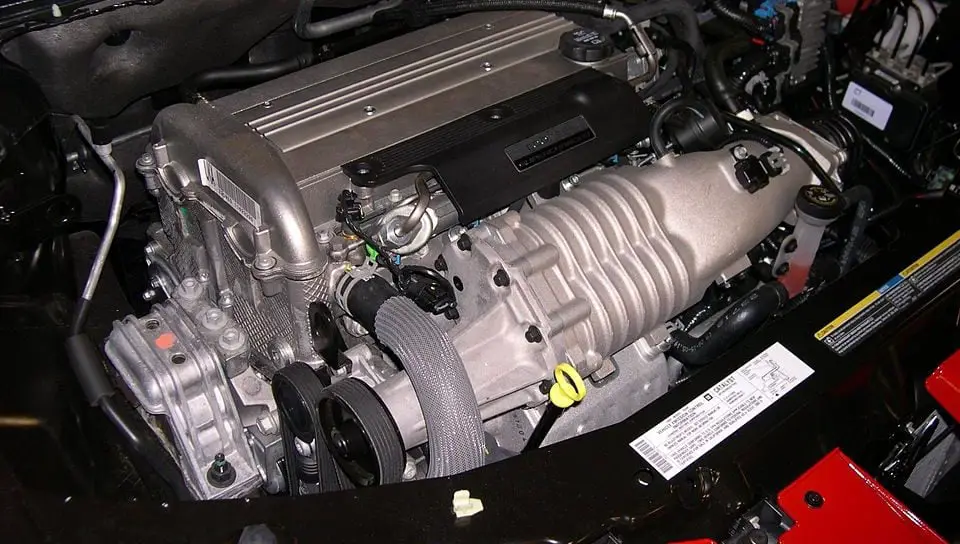
What is a Turbocharger?
A turbocharger is a device driven by a turbine, and it is used to increase the performance and efficiency of an Internal Combustion Engine by putting more compressed air into the engine cylinder. A turbocharger is a device that increases the air pressure in an IC engine, allowing it to burn fuel and produce more power.
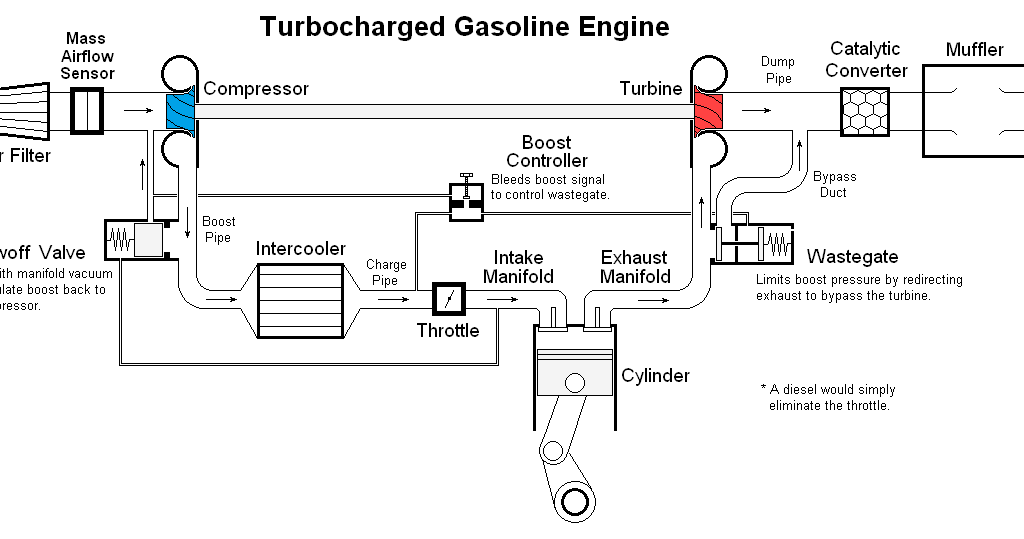
Now, Let's discuss the difference between Turbochargers and superchargers in detail.
Difference Between Turbocharger and Supercharger:
The various Difference Between Turbocharger and Supercharger are explained below in the form of a table.
| Turbocharger | Supercharger |
|---|---|
| The vehicles running with Turbochargers are: Tata Nexon Renault Kiger Nissan Magnite Tata Altroz Hyundai Grand i10 Nios | The vehicles running with Turbochargers are: Audi S5 Sportback Range Rover Autobiography SV Range Rover Sport SVR Volvo XC90 |
| It is more complex. | It is less complex. |
| The compressed air has a high temperature in the turbocharger. | The compressed air has a low temperature in the supercharger. |
| Suitable for an engine with higher displacement. | Suitable for an engine with lower displacement. |
| Maintenance is difficult. | Maintenance is easy. |
| Turbocharger drew power from exhaust gases. | The supercharger drew power from the engine. |
| The spinning rate is 15000 RPM | The spinning rate is 50000 RPM |
| Higher speed can be achieved. | Greater acceleration can be achieved. |
| Suitable for an engine with higher displacement. | Suitable for an engine with lower displacement. |
| The turbocharger drew power from exhaust gases. | the supercharger is more reliable. |
This is the detailed Difference Between a Turbocharger and a Supercharger. If you have any doubts, feel free to ask in the comments section.
More Resources:
Cooling Systems in IC Engines
Lubrication Systems
Ignition System-Battery, Electronic, and Magneto
References:
Turbocharger-Wiki
Youtube Video- Engineering Explained


